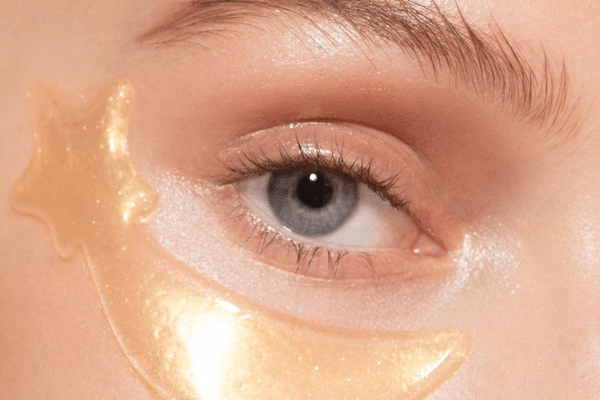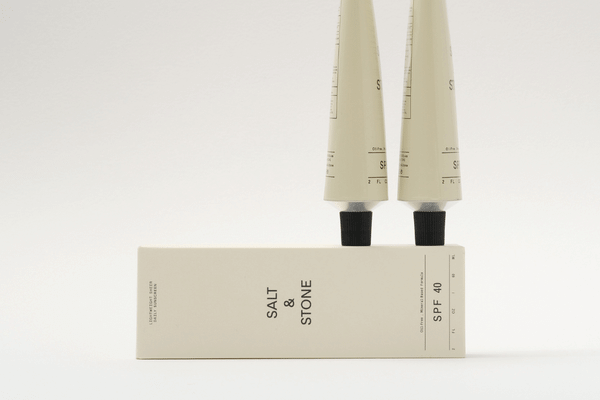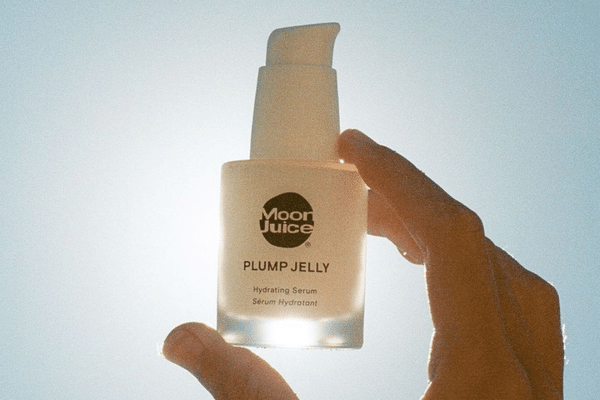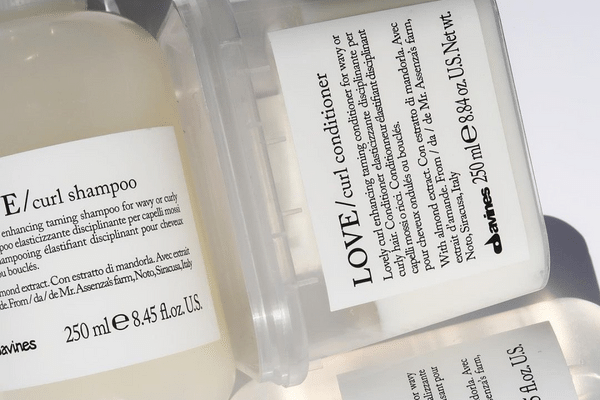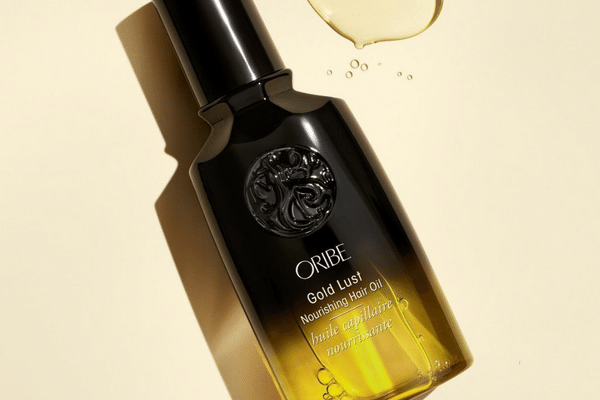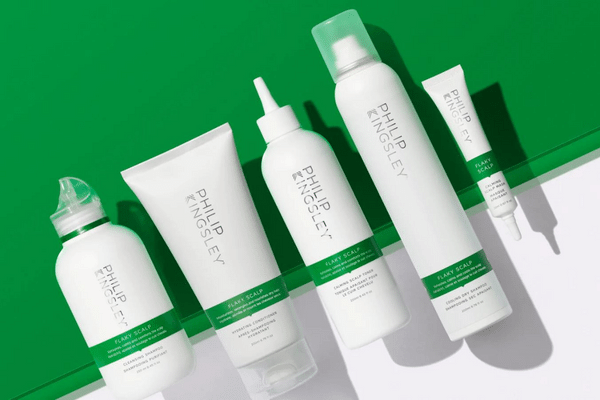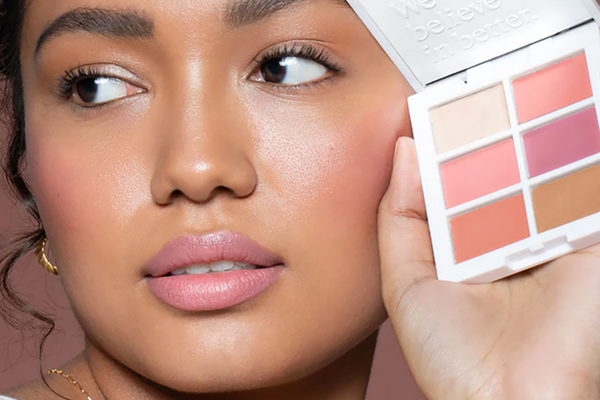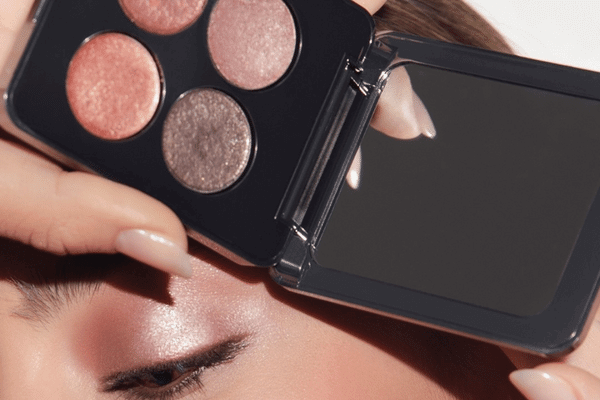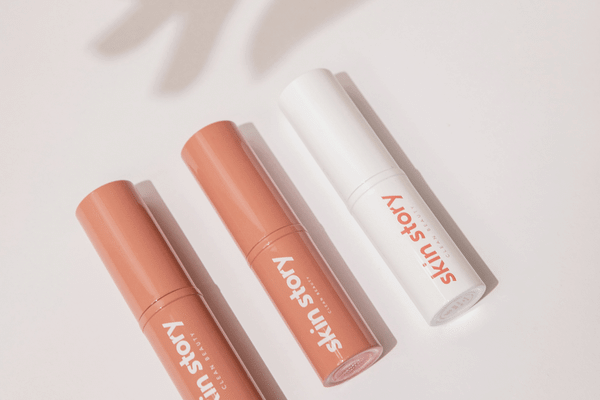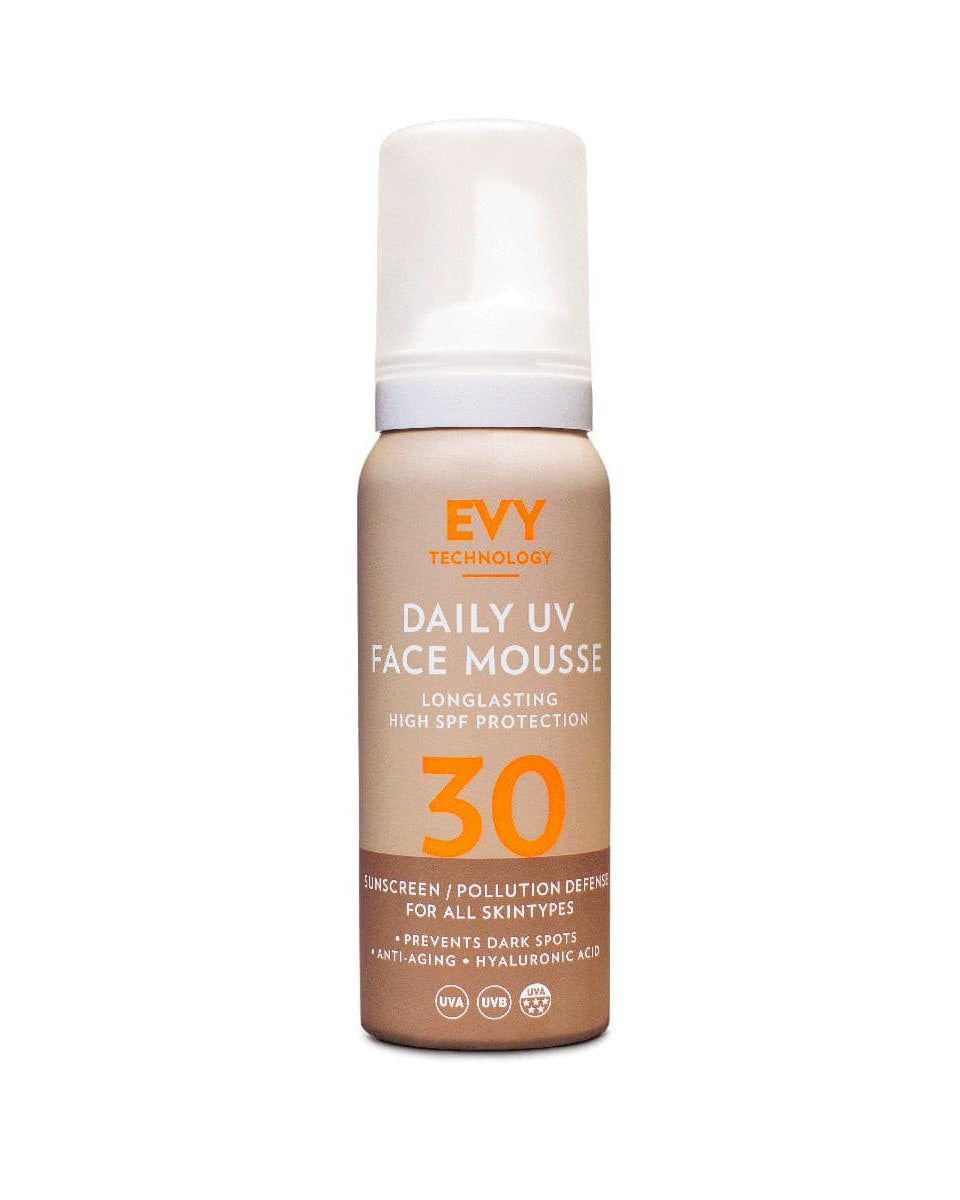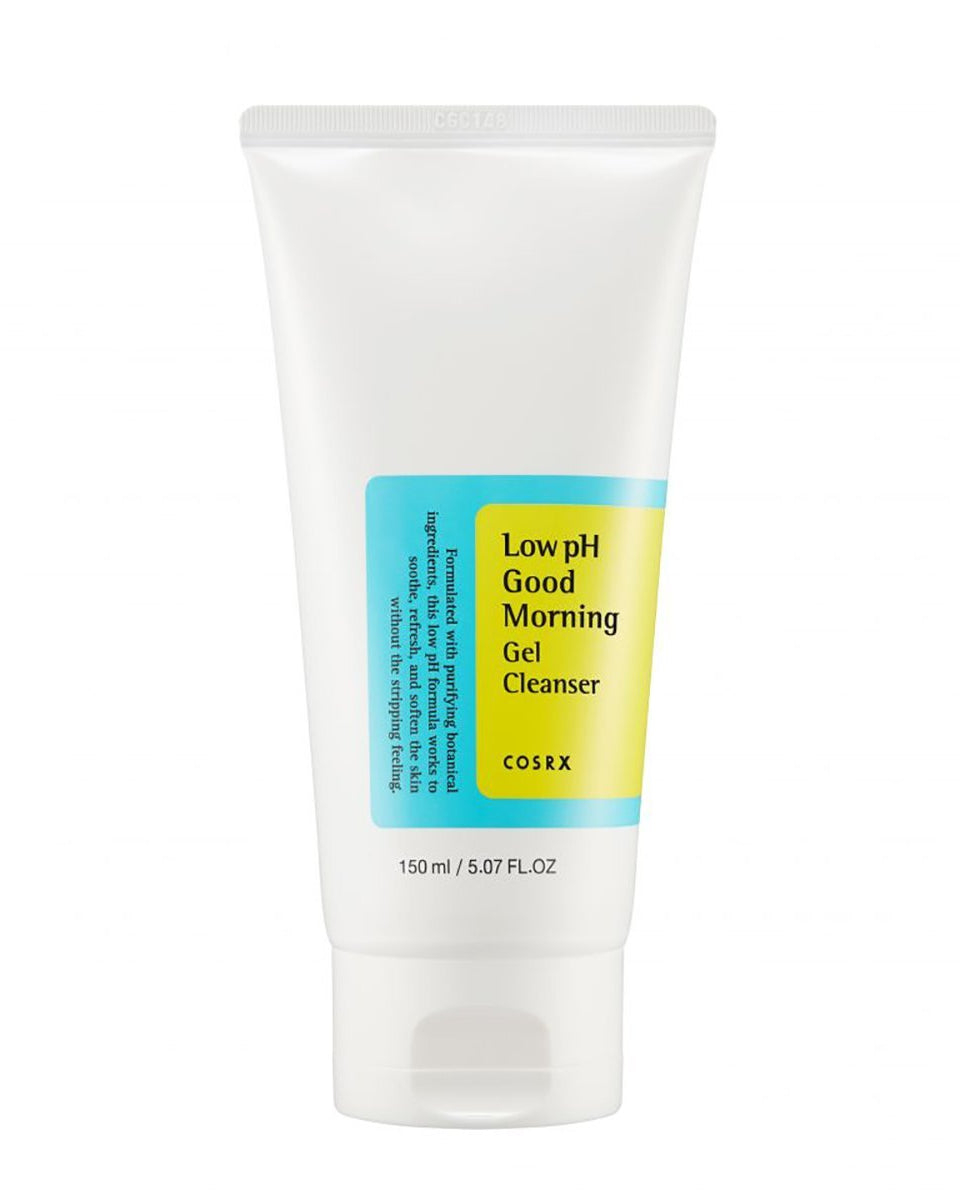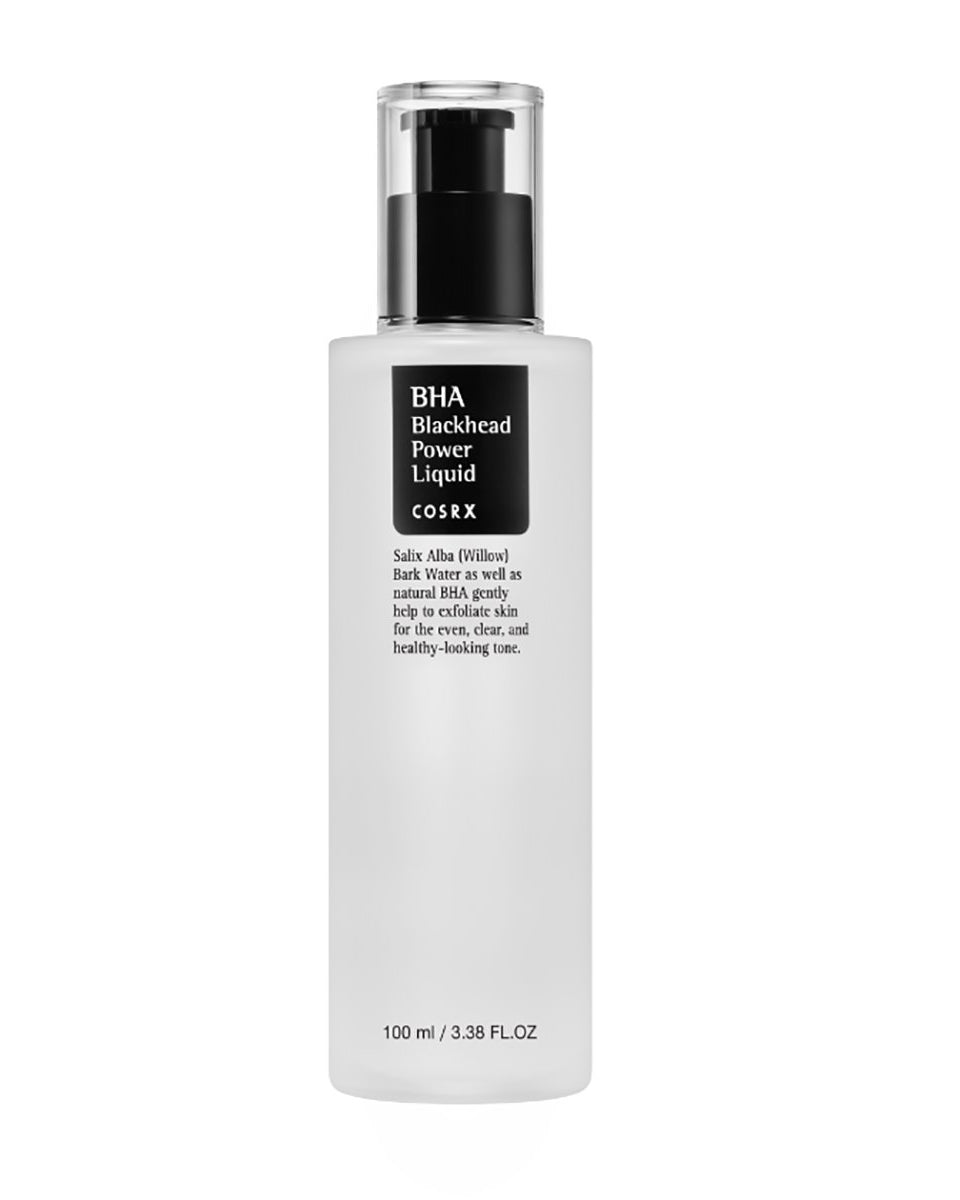
Among the various SPF ratings available, SPF 30 and SPF 50 are among the most used. But what exactly do these numbers mean, and which one should you choose for your skin?
What does SPF actually mean?
The SPF (Sun Protection Factor) number indicates the level of protection a sunscreen offers against UVB rays—the type of radiation that causes sunburn and contributes to skin cancer. Specifically, SPF 30 blocks about 97% of UVB rays, while SPF 50 blocks about 98%. The higher the SPF, the more protection it offers, but the increase becomes less significant as the numbers get higher.
When is SPF 30 enough?
SPF 30 is a solid choice for everyday use, especially if you spend most of your day indoors or in shaded areas. It offers a high level of protection against sunburn and is often sufficient for most people under typical day-to-day exposure. Additionally, SPF 30 products are usually less thick and greasy than higher SPFs, which makes them more comfortable for daily wear and better under makeup.
So, should I use SPF 50?
SPF 50 provides slightly higher protection and is often recommended for individuals who are:
- Fair-skinned or burn easily
- Spend extended periods outdoors, especially between 10 a.m. and 4 p.m. when UV radiation is strongest
- At high altitudes or near reflective surfaces like water, sand, or snow, which can reflect and intensify UV rays.
- Taking medications that increase sun sensitivity.
Is higher SPF always better?
While SPF 50 offers more protection than SPF 30, it doesn't mean it's always the better choice. The effectiveness of sunscreen depends largely on proper application and reapplication. Regardless of the SPF, all sunscreens need to be reapplied at least every two hours, or more frequently if you are sweating, swimming, or towel drying.
Other tips for effective sunscreen use
- Apply a generous amount of sunscreen to all exposed skin 15 minutes before going outdoors.
- Reapply sunscreen every two hours, or after swimming, sweating, or toweling off.
- Use other forms of sun protection such as hats, sunglasses, and protective clothing for comprehensive protection
Choosing between SPF 30 and SPF 50 depends on your skin type, lifestyle, and the level of sun exposure you expect to encounter. For everyday use with minimal sun exposure, SPF 30 is typically sufficient and more comfortable for regular wear. For more intense or prolonged sun exposure, especially if you have sensitive skin, SPF 50 may offer the added protection needed to keep your skin safe.
Incorporating the right SPF into your skincare routine is more than just a preventive measure—it’s a daily health practice that preserves your skin’s quality and overall well-being.

